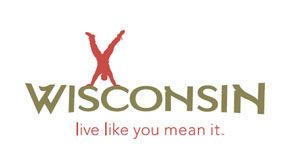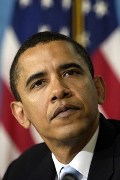The New Wisconsin Logo “Live Like You Mean It” and Its Early Criticism: Much Ado About Nothing?
 Newspapers, web sites, and blogs are all talking these days about the newly launched Wisconsin slogan (“Live Like You Mean It”) that will replace the slogan “Life’s So Good” in promoting Wisconsin as a tourism and business destination. In the words of Governor Doyle, “This is another tool we’ll use to keep loyal visitors coming back, communicate why a business should relocate or expand here, and let talented employees know why they should choose Wisconsin.” Even if it is certainly “catchy,” the new slogan has already attracted a fair amount of criticism, primarily because it is not so “new” as we may think.
Newspapers, web sites, and blogs are all talking these days about the newly launched Wisconsin slogan (“Live Like You Mean It”) that will replace the slogan “Life’s So Good” in promoting Wisconsin as a tourism and business destination. In the words of Governor Doyle, “This is another tool we’ll use to keep loyal visitors coming back, communicate why a business should relocate or expand here, and let talented employees know why they should choose Wisconsin.” Even if it is certainly “catchy,” the new slogan has already attracted a fair amount of criticism, primarily because it is not so “new” as we may think.
Instead, as Ryan Foley from Associated Press reports, “motivational speakers, authors and even wine and spirit maker Bacardi have already used the phrase in marketing campaigns,” and an Internet search can easily shows several other uses of the same slogan with respect to different already existing products or services. As a result, the State could face a lawsuit for trademark infringement, should its use of the “new” logo provoke confusion among consumers with any of the preexisting products or services that already carry the same slogan to identify them.


 (This is the sixth in a series of posts on Fairey v. Associated Press. See below for other posts in the series.)
(This is the sixth in a series of posts on Fairey v. Associated Press. See below for other posts in the series.)